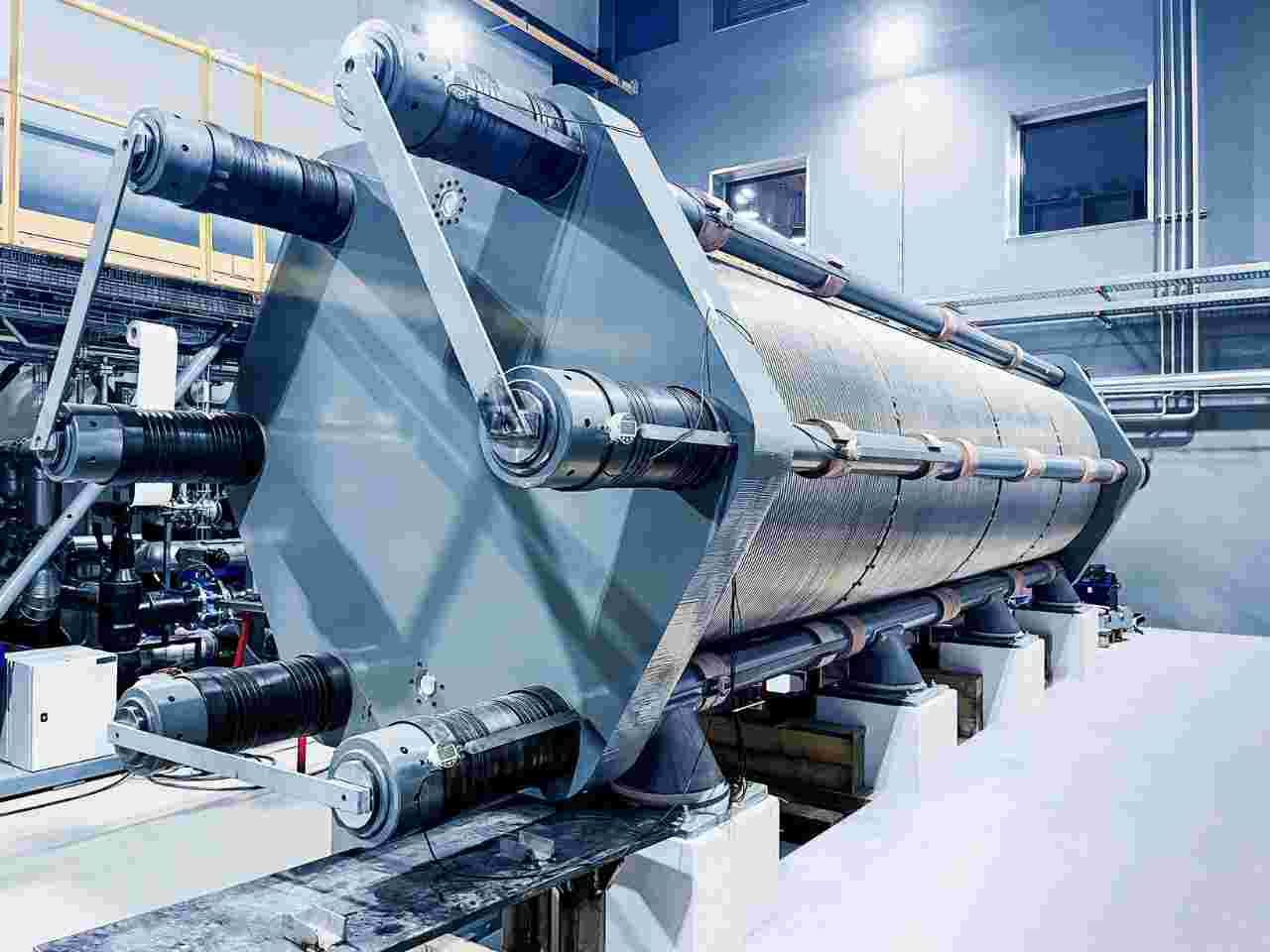The hydrogen electrolyzer market is entering a phase of accelerated expansion, with market forecasts showing a significant uptick in demand, production capacity, and technological diversification over the next ten years. This upward trajectory is being propelled by mounting pressure to reduce carbon emissions, increasing reliance on renewable energy, and government commitments to scale hydrogen infrastructure. Forecast data underscores how electrolyzers will evolve from niche systems into industrial-scale technologies powering sectors from manufacturing to mobility.
Projections indicate a robust compound annual growth rate (CAGR), with market size expected to multiply several times by the end of the decade. Electrolyzer deployment is forecast to increase most significantly in regions with strong policy backing—such as the EU, China, and the U.S.—as well as in countries with abundant renewable resources. These geographies are expected to dominate both manufacturing and installation capacity.
A key trend driving the forecast is the growing affordability of green hydrogen. As the cost of renewable electricity continues to fall and electrolyzer systems become more efficient, green hydrogen is expected to reach cost parity with fossil-based hydrogen in select markets. This shift will unlock new commercial use cases in sectors that have traditionally relied on gray hydrogen, such as ammonia production, refining, and heavy industry.
Forecasts also predict diversification in electrolyzer technologies. While alkaline and PEM systems currently dominate, solid oxide electrolyzers are expected to gain commercial traction by the latter half of the decade, especially in high-temperature industrial applications. Technological improvements in stack life, energy efficiency, and scalability will further drive adoption across use cases.
From an investment standpoint, the forecast reflects an expanding influx of both public and private capital into hydrogen ecosystems. Large-scale projects, gigawatt-scale production facilities, and vertically integrated value chains are all set to increase. Financial forecasts highlight stronger returns for early entrants as infrastructure matures and demand stabilizes.
Challenges will remain throughout the forecast period. Supply chain constraints, particularly for rare materials like iridium and platinum, could slow manufacturing growth if not addressed. Moreover, regions with weak policy frameworks or grid instability may lag behind in project development. Forecast scenarios typically include sensitivity analyses that account for these variables, showing a range of outcomes based on how quickly such barriers are addressed.
In conclusion, the hydrogen electrolyzer market forecast points to a decade of high growth potential, underpinned by technological progress, policy support, and shifting energy priorities. Companies investing now—particularly in innovation, scale, and partnerships—will be positioned to capitalize on one of the most critical transformations in the global energy sector.




